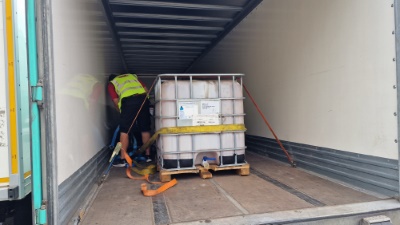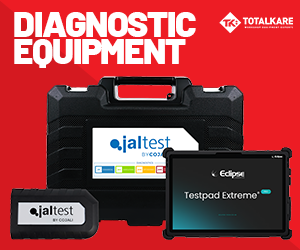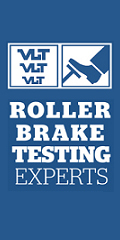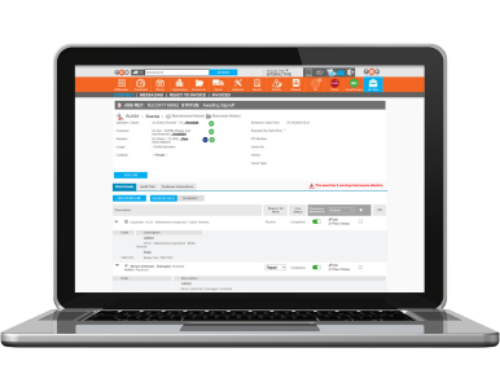Load handling insight from 2 Start Training
 Training specialist 2 Start has highlighted the advantages of its training offering in helping to improve load handling practices.
Training specialist 2 Start has highlighted the advantages of its training offering in helping to improve load handling practices.
“Load handling is one among many skills which are required during your LGV driving career,” said the company.
“Gaining a comprehension of the load types, weight distribution and additional components within a load that you as the driver must adhere to can be overwhelming.
“2 Start’s LGV courses build your confidence and skillsets to help them break into the industry. Several topics and modules are discussed and taught through our driver training courses.
“Load handling is covered through the Module 4 Initial Certificate of Professional Competence (CPC) training, and this part of the module is designed to help you gain a full understanding as to how proper load handling and distribution is vital to your commercial role as an LGV driver.
“Factors such as vehicle walkaround checks are included within module 4 CPC, but additional awareness on how to load a vehicle evenly, safely and to compliance standards is essential to a driver coming into the LGV industry.”
 Enhancing your load handling skills minimises the risk of spills, uneven loads, falling cargo and injury, points out 2 Start.
Enhancing your load handling skills minimises the risk of spills, uneven loads, falling cargo and injury, points out 2 Start.
“To identify the payload weight you can carry in your vehicle, you must take the maximum authorised mass (MAM) and minus the vehicle kerbside weight. Although, understanding vehicle weight does not stop there. Weight distribution is also a factor, and this also depends on the number of axles on the vehicle that is carrying the cargo.
“Being conscious of the speeds a vehicle should be handled at when considering roundabouts, junctions and other potential manoeuvres which an LGV may have to complete is essential to keep the goods, driver, and other road users safe.
“This not only includes the load handling in consideration of the vehicle being used, but also the restraint type on the load.”
 The firm adds that a good comprehension of the importance of goods segmentation, and how cross-contamination in load handling can be detrimental to the public, is vital.
The firm adds that a good comprehension of the importance of goods segmentation, and how cross-contamination in load handling can be detrimental to the public, is vital.
“Furthering this, the knowledge around the carriage of dangerous goods by road (ADR)… provides LGV drivers with guidance when it comes to proper segregated load handling,” said the training provider.
“2 Start emphasise how students must have proper awareness on using the right restraint for the right type of goods, which will minimise damage. And, safely segmenting dangerous goods, or goods which are prone to cross-contamination, helping to keep you compliant. Both these considerations will aid in staying safe, and keeping other road users and environments away from harm.
“Load distribution can alter, depending on the roads and speed you are driving. This is why students are taught how to identify when their load is no longer secured. This could be through feeling the trailer of the vehicle swaying or an unfamiliar sound.”












